Content by Russ Daly
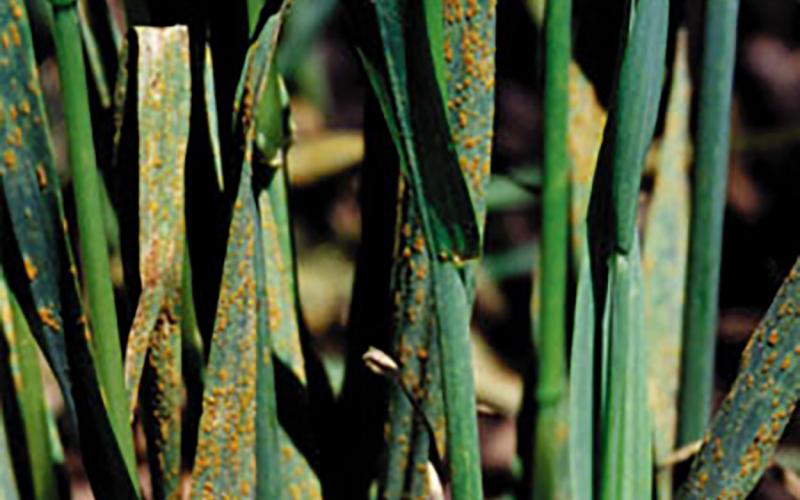
Does Crown Rust in Oats Cause Problems for Livestock?
When wet, cool conditions predominate in the spring, crop producers may have to deal with crown rust in oats. When this crop disease is abundant, questions from livestock producers arise. Could crown rust in oats harm livestock if it’s present on pasture or in hay?
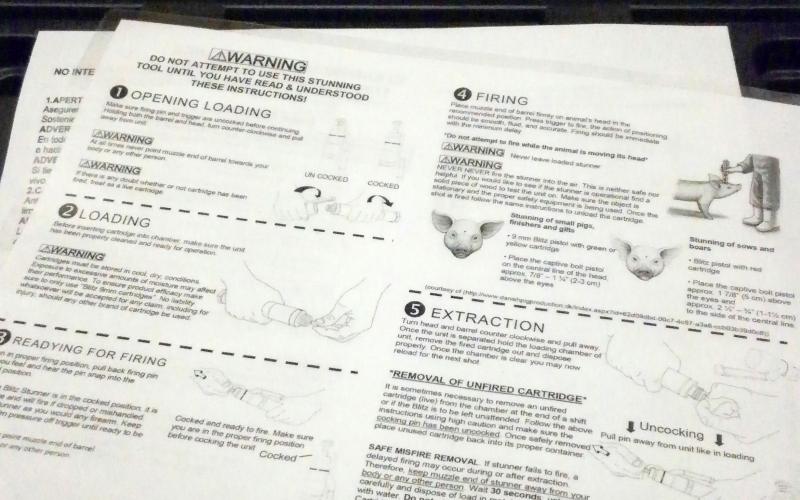
Reviewing Humane Euthanasia Protocols
Unresolvable health problems and injuries occur in pigs in every swine operation and having a plan in place to humanely deal with these issues is critical. This includes having a written protocol for timely euthanasia.
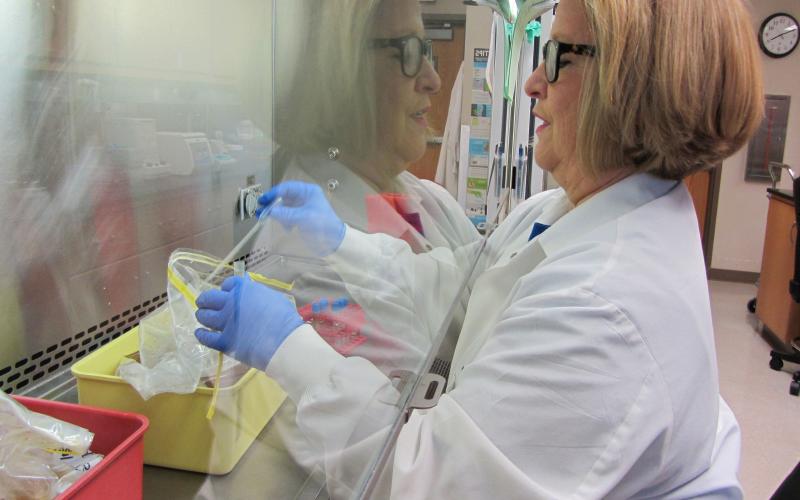
Looking for Foodborne Germs and Their Resistance to Antibiotics
How often do the meat products we buy in the store contain germs that might cause illness in people? Can we learn anything about antibiotic resistance with that information? Those are just two of the questions that SDSU is examining as part of their work with the National Antimicrobial Resistance Monitoring System (NARMS).

Looking for Foodborne Germs and Their Resistance to Antibiotics: Poultry
This report analyzes the NARMS results for poultry products for the period of June 2018 through May 2019.
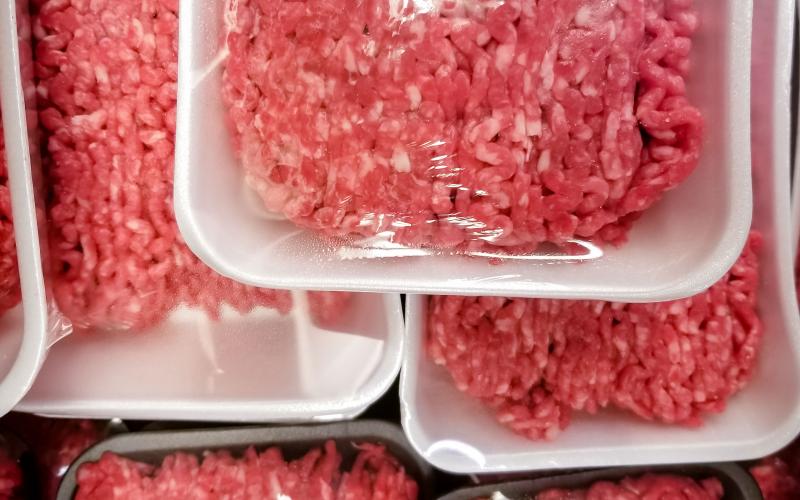
Looking for Foodborne Germs and Their Resistance to Antibiotics: Ground Beef
This report analyzes the NARMS results for ground beef for the period of June 2018 through May 2019.
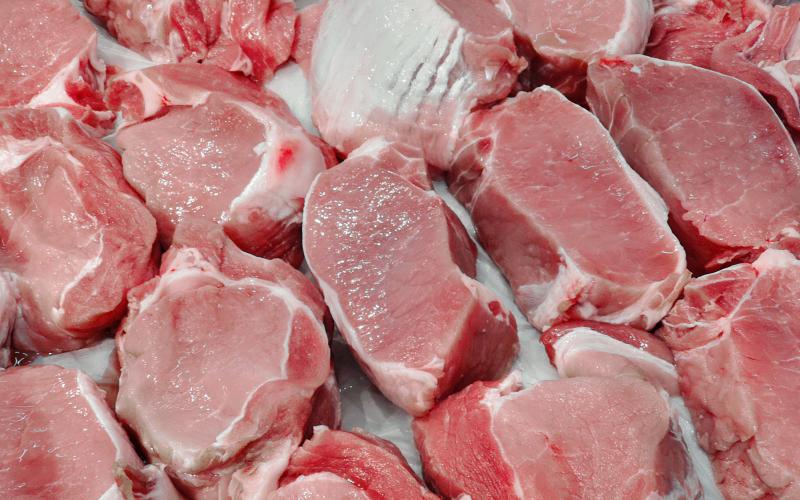
Looking for Foodborne Germs and Their Resistance to Antibiotics: Pork
This report analyzes the NARMS results for pork products for the period of June 2018 through May 2019.
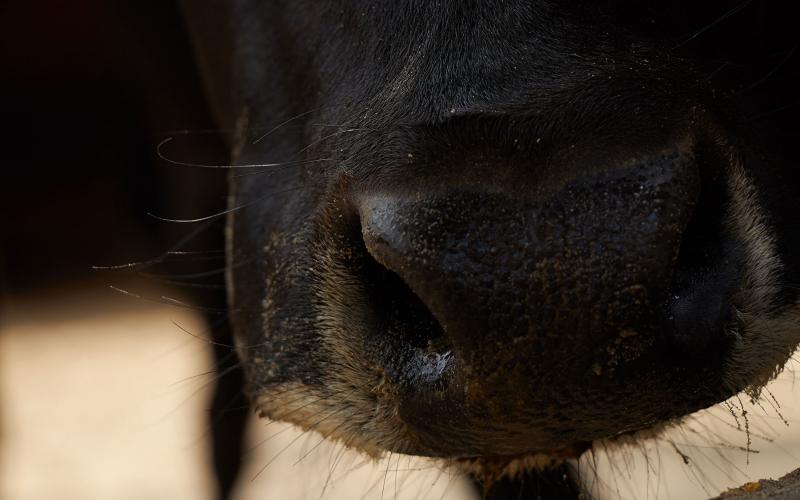
What Livestock Owners Should Know About Vesicular Stomatitis
Because it’s not a common occurrence in most areas every year, reports of Vesicular Stomatitis (VS) in the media often raise questions among livestock owners. Here are answers to some of the more-common ones that may pop up.

How the Veterinary Lab Diagnoses Anthrax in a Beef Herd
Anthrax is a serious disease of cattle that pops up somewhere almost every year in South Dakota. It’s caused by a bacteria that survives as a very tough spore form in the soil. Knowing whether a death on pasture has been caused by anthrax is important for several reasons.
![A herd of cattle gather around a stock pond on a vast, lush grassland. Courtesy: USDA [CC BY 2.0]](/sites/default/files/styles/teaser_800x500/public/2019-05/W-00231-00-cattle-grazing-grassland-pasture-range.jpg?h=8f818b46&itok=6GS1_Ww0)
The Environmental Disease Called Pinkeye
Plentiful moisture during the grazing season might contribute to what could be called a “bad year” for a certain cattle disease: pinkeye.
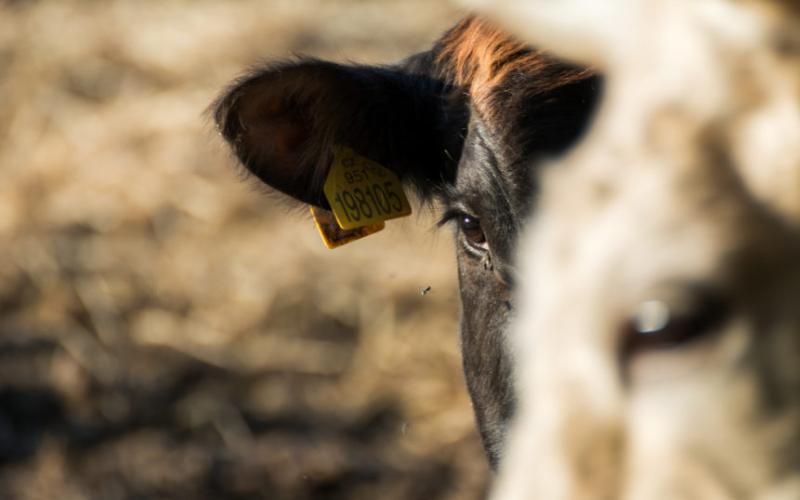
Lingering Health Effects in Cows and Bulls Following a Harsh Winter and Spring
While mortality directly due to harsh winter weather is much more likely in calves rather than adult cattle, older animals can be affected too, and some of those effects might linger into the days of better weather and warmer temperatures.